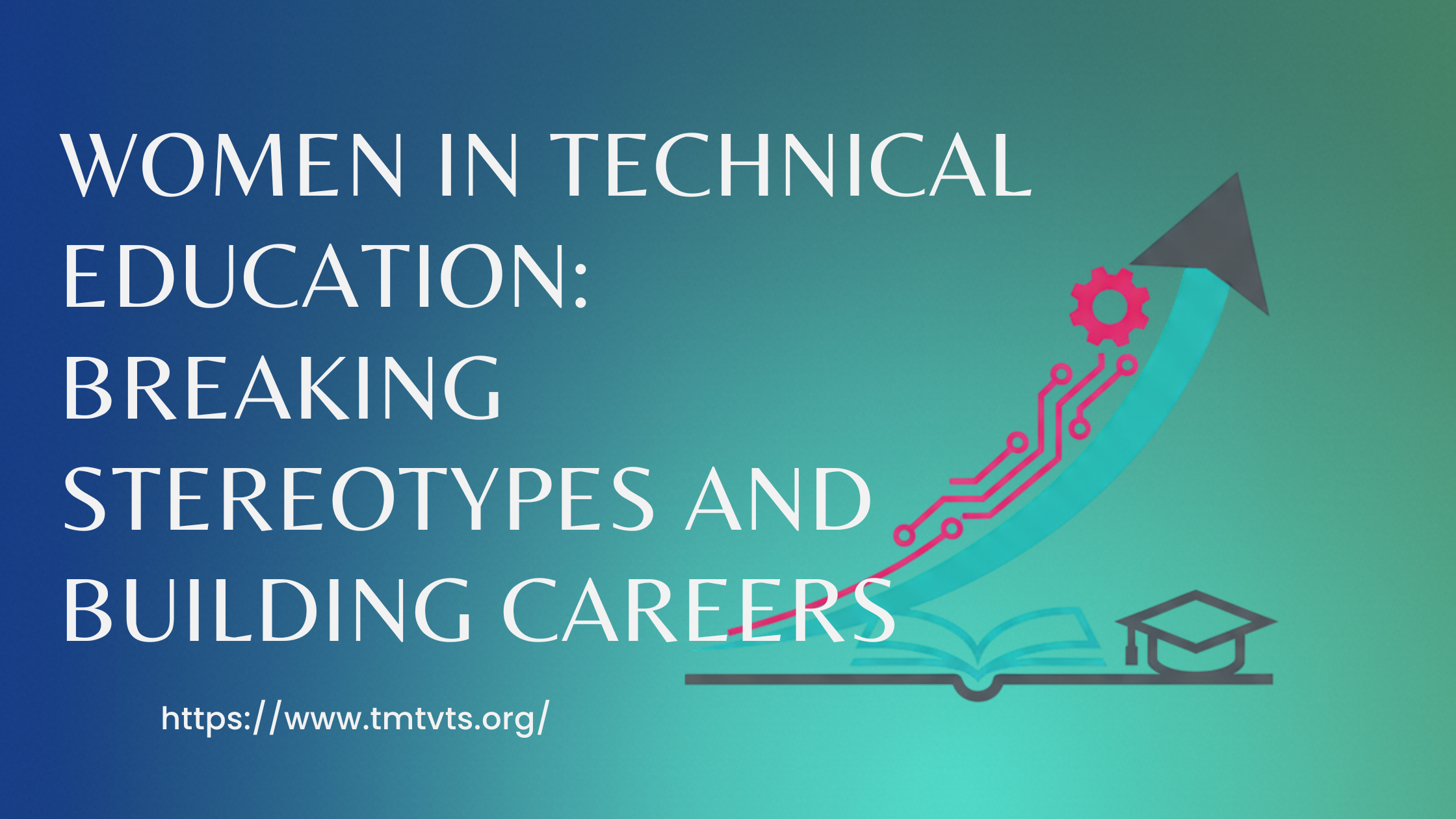The landscape of technical education is undergoing a profound transformation. Where once the hallways of engineering schools and coding bootcamps echoed with predominantly male voices, today we’re witnessing a powerful shift. Women are not just entering technical fields—they’re excelling, innovating, and reshaping entire industries. Yet the journey remains challenging, marked by persistent stereotypes and systemic barriers that demand our attention and action.
The Stubborn Myths That Won’t Die
Walk into any conversation about women in tech, and you’ll likely encounter the same tired assumptions. “Women aren’t naturally good at math.” “Coding is a guy thing.” “Engineering requires a certain masculine mindset.” These stereotypes are not just offensive—they’re demonstrably false. Research consistently shows that gender differences in mathematical and technical abilities are minimal to nonexistent. What does differ is the social conditioning that begins in childhood, steering girls away from STEM subjects through subtle messages about what’s “appropriate” for their gender.
The impact is real. Girls who internalize these messages often develop what psychologists call “stereotype threat”—a self-fulfilling prophecy where anxiety about confirming negative stereotypes actually impairs performance. Break through that artificial ceiling, however, and women consistently prove their technical prowess. From Ada Lovelace, who wrote the world’s first computer algorithm in the 1840s, to today’s groundbreaking engineers and developers, women have always been at the forefront of technological innovation when given the opportunity.
The Pipeline Problem and Its Roots
The underrepresentation of women in technical education doesn’t happen by accident. It’s the result of cumulative disadvantages that begin early. Studies show that by middle school, many girls have already been discouraged from pursuing technical subjects. Teachers, often unconsciously, call on boys more frequently in math and science classes. Parents invest more in STEM toys for sons than daughters. Media representations overwhelmingly portray programmers and engineers as socially awkward young men.
By the time students reach college, the damage is done. Women comprise roughly half of undergraduate students overall, yet they earn only about 20-25% of computer science degrees and around 20% of engineering degrees. Those who do enter technical programs often face hostile environments: being the only woman in the classroom, having their competence questioned, dealing with inappropriate comments, or watching male peers receive more attention and opportunities from professors.
The attrition doesn’t stop at graduation. Women leave technical careers at rates significantly higher than men, often citing workplace culture, lack of advancement opportunities, and the exhausting work of constantly proving themselves as reasons for their departure.
The Women Who Persevere—And Thrive
Despite these obstacles, countless women are carving out extraordinary careers in technical fields. They’re becoming cybersecurity experts protecting critical infrastructure, data scientists solving healthcare challenges, robotics engineers advancing automation, and software architects building the platforms we use daily. They’re founding startups, leading research teams, and mentoring the next generation.
What sets these women apart isn’t some special resilience gene—it’s often a combination of strong support systems, inspiring role models, and sheer determination to pursue their passions regardless of external pressure. Many cite a single encouraging teacher, a female mentor in the field, or a supportive family member as the catalyst that kept them in technical education when they considered leaving.
Their success stories matter because representation matters. When young girls see women succeeding in technical roles, the path becomes imaginable for them too. Every female engineer, programmer, or technician serves as a walking refutation of the stereotypes that persist.
Cracking the Code: Strategies for Change
Transforming technical education to be truly inclusive requires action at every level. Educational institutions must actively recruit women into technical programs and create environments where they can thrive. This means training faculty on unconscious bias, establishing zero-tolerance policies for harassment, creating women-focused study groups and mentorship programs, and showcasing successful female alumni.
Curriculum matters too. When computer science courses use examples drawn exclusively from gaming or military applications, they alienate women who might be more interested in how technology can address social problems, improve healthcare, or enhance education. Broadening the context of technical education helps students see its relevance to the issues they care about.
Industry partnerships play a crucial role. Tech companies that offer scholarships specifically for women, provide internships with female mentors, and showcase diverse teams in their recruiting materials help break down the perception that technical fields are unwelcoming to women. When women see themselves reflected in a company’s workforce, they’re more likely to imagine working there.
Early intervention programs are equally vital. Organizations bringing coding camps, robotics clubs, and engineering workshops to middle and high school girls plant seeds that can bloom into technical careers. These programs work best when they create supportive, all-female spaces where young women can experiment, fail, learn, and succeed without the pressure of male-dominated environments.
The Business Case for Inclusion
Beyond the moral imperative of equality, there’s a compelling practical argument for increasing women’s participation in technical fields. Diverse teams produce better outcomes. Research consistently demonstrates that groups with varied perspectives solve complex problems more effectively, create more innovative products, and avoid the groupthink that leads to costly mistakes.
The tech industry’s well-documented failures—from facial recognition systems that don’t work on darker skin tones to voice assistants that respond better to male voices—often stem from homogeneous teams that literally cannot see their blind spots. Having women involved in technical education and careers isn’t about charity; it’s about building better technology for everyone.
Companies with more diverse technical teams also show improved financial performance. When women contribute to product design, development, and engineering decisions, the results better serve the full market rather than just half of it.
Looking Forward: A More Inclusive Future
The path to gender equity in technical education won’t be quick or easy, but the momentum is building. More organizations are committing to concrete diversity goals with accountability measures. More schools are implementing evidence-based strategies to recruit and retain women in technical programs. More girls are growing up seeing women in technical roles as normal rather than exceptional.
The work requires sustained effort from everyone—educators, employers, policymakers, parents, and the women themselves who continue pushing boundaries. It means questioning our assumptions, challenging stereotypes when we encounter them, and creating pathways for women to enter and thrive in technical fields.
The goal isn’t just to increase numbers, though that matters. It’s to create a technical education system and workforce where gender becomes irrelevant to a person’s perceived competence or career trajectory. Where a woman in an engineering lecture hall or a coding team is unremarkable. Where young girls consider technical careers as naturally as any other option, free from the weight of stereotypes and barriers.
That future is possible. Every woman who pursues technical education, every program that successfully recruits and supports female students, and every company that builds an inclusive technical culture brings us closer. The stereotypes may be stubborn, but the women breaking through them are more stubborn still—and they’re building not just their own careers, but a foundation for the generations who will follow.Retry





